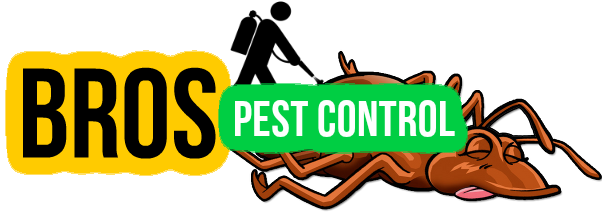Bee Removal Greenfield, IN | Yellow Jackets, Wasps, Hornets
Greenfield Bee Control & Extermination
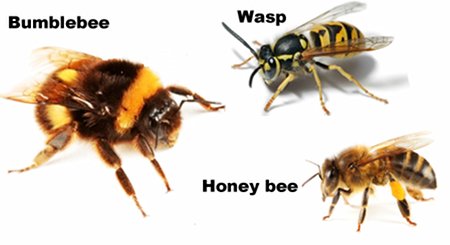 Bro’s Pest Control specializes in bee removal Greenfield, IN. Bro’s Pest Control is your connection to safe bee removal and extermination services in the Greenfield area. Exterminators within our network specialize in: wasp control, hornet control, bee swarm removal and bee removal. Pest control services can also include sealing off the entrances and exits, repairs from hive and damage, as well as traps. Bee’s can pose danger, especially if a loved one is allergic. Contact Bro’s Pest Control today to control your bee problem in the Greenfield area.
Bro’s Pest Control specializes in bee removal Greenfield, IN. Bro’s Pest Control is your connection to safe bee removal and extermination services in the Greenfield area. Exterminators within our network specialize in: wasp control, hornet control, bee swarm removal and bee removal. Pest control services can also include sealing off the entrances and exits, repairs from hive and damage, as well as traps. Bee’s can pose danger, especially if a loved one is allergic. Contact Bro’s Pest Control today to control your bee problem in the Greenfield area.
For Bee Control Greenfield, Indiana Call, 1-888-497-9069
Specialized Bee Removal & Extermination
Bro’s Pest Control professionals can help you with all different bee problems including:
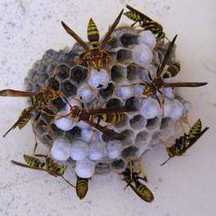 Removal of hives, bee swarm removal, yellow jacket removal, hornet removal, bumble bee removal and various of bee removal jobs. Bee removal Greenfield, IN experts will come out to your home or business and remove unwanted bee’s safely and at a reasonable price. Same day appointments for bee removal can be scheduled, if needed. Ready for bee control Greenfield, IN? Contact us today by calling 1-888-497-9069.
Removal of hives, bee swarm removal, yellow jacket removal, hornet removal, bumble bee removal and various of bee removal jobs. Bee removal Greenfield, IN experts will come out to your home or business and remove unwanted bee’s safely and at a reasonable price. Same day appointments for bee removal can be scheduled, if needed. Ready for bee control Greenfield, IN? Contact us today by calling 1-888-497-9069.
Bee, Wasp & Hornet Treatment
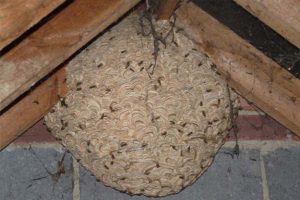 Bee, wasp or hornet treatment Greenfield, IN will require one of our bee specialists to come out to your home to perform a free inspection. They will arrive fully equipped to eliminate your bee issue. The bee exterminator will identify the location of the nest, depending on the type of stinging insect problem you have, and eliminate/remove the problems to protect your family’s health and safety. In the case of a hornets nest, the technician will treat the nest and return to remove it after insuring that all the pests have been killed.
Bee, wasp or hornet treatment Greenfield, IN will require one of our bee specialists to come out to your home to perform a free inspection. They will arrive fully equipped to eliminate your bee issue. The bee exterminator will identify the location of the nest, depending on the type of stinging insect problem you have, and eliminate/remove the problems to protect your family’s health and safety. In the case of a hornets nest, the technician will treat the nest and return to remove it after insuring that all the pests have been killed.
Bees are flying insects closely related to wasps and ants, known for their role in pollination and, in the case of the best-known bee species, the European honey bee, for producing honey and beeswax. For bee removal Greenfield, IN — contact us today!
Bee Extermination Greenfield, Indiana
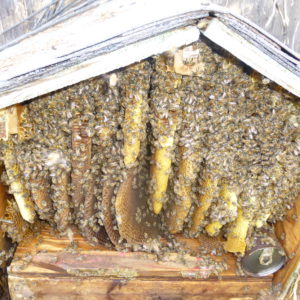 Assuming the bee's in question are not honeybee's, a Bro's Pest Control expert can exterminate them. Every year, beekeepers are called upon to give advice regarding the removal of honey bees (and other insect pests) from homes and buildings since honey bees are NOT to be exterminated. Honey Bee removal on the other hand, includes relocating the bee's to a different location. If you have a bumble bee, wasp or yellow jacket bee problem in Greenfield, IN -- then extermination can be done. For wasp, bumble bee, hornet or yellow jacket extermination Greenfield, IN -- please get in touch with Bro's Pest Control today!
Assuming the bee's in question are not honeybee's, a Bro's Pest Control expert can exterminate them. Every year, beekeepers are called upon to give advice regarding the removal of honey bees (and other insect pests) from homes and buildings since honey bees are NOT to be exterminated. Honey Bee removal on the other hand, includes relocating the bee's to a different location. If you have a bumble bee, wasp or yellow jacket bee problem in Greenfield, IN -- then extermination can be done. For wasp, bumble bee, hornet or yellow jacket extermination Greenfield, IN -- please get in touch with Bro's Pest Control today!
Greenfield, Indiana
Greenfield is a city in and the county seat of Hancock County, Indiana, United States,[7] and a part of the Indianapolis metropolitan area. The population was 20,602 at the 2010 census. It lies in Center Township.
Greenfield was a stop along the Pittsburgh, Cincinnati, Chicago and St. Louis Railroad that connected Pittsburgh to Chicago and St. Louis.
Dolichovespula maculata is a eusocial wasp of the cosmopolitan family Vespidae. Its colloquial names include the bald-faced hornet, bald hornet, white-faced hornet, white-tailed hornet, spruce wasp, blackjacket, and bull wasp. This species is a yellowjacket wasp, not a true hornet (genus Vespa). Colonies contain 400 to 700 workers, the largest recorded colony size in its genus, Dolichovespula.[1] It builds a characteristic large hanging paper nest up to 58 centimetres (23 in) in length. Workers aggressively defend their nest by repeatedly stinging invaders.[2]
Dolichovespula maculata is distributed throughout the United States and Southern Canada, but is most common in the southeastern United States. Males in this species are haploid and females are diploid. Worker females can therefore lay eggs which develop into males. Matricide might occur after sufficient workers have been raised and queen-destined eggs have been laid, in order to give workers a reproductive advantage.[3]
